Author: Matt Del Fiacco
As preferences for hoppy beer trend toward fruity and, dare I say, juicy characteristics, so too will the search for new hop varieties to fit the bill. While perusing the huge selection at Yakima Valley Hops recently, I noticed an experimental variety I’d never heard of with a description that seemed right up my alley.
Alpha: 13 – 15%
Beta: 8 – 10%
Cohumulone: 35 – 37% of alpha acids
Total Oil: 1.5 – 2 mL/100g
Myrcene: 50 – 55%
Humulene: 9 – 11%
Caryophyllene: 7 – 8%
Farnesene: <1%
Linalool: N/A
Geraniol: N/A
ß-Pinene: N/A
Parentage: N/A
I spent some time searching for examples of Bru-1 being used by other brewers, but perhaps due to its novelty, there wasn’t much to be found, the few reviews I stumbled on tending to corroborate the Yakima Valley Hops description of it as a tropical fruit forward variety. With so little experience brewing with experimental hops, I was really excited for this edition of The Hop Chronicles!
| MAKING THE BEER |
I stuck with a simple recipe for this batch in order to let the Bru-1 take center stage.
Bru-1 Pale Ale
Recipe Details
| Batch Size | Boil Time | IBU | SRM | Est. OG | Est. FG | ABV |
|---|---|---|---|---|---|---|
| 5.5 gal | 60 min | 34.9 IBUs | 3.7 SRM | 1.050 | 1.012 | 5.0 % |
| Actuals | 1.05 | 1.014 | 4.7 % | |||
Fermentables
| Name | Amount | % |
|---|---|---|
| Canadian 2-Row (Canada Malting) | 10 lbs | 93.02 |
| Vienna Malt (Weyermann) | 12 oz | 6.98 |
Hops
| Name | Amount | Time | Use | Form | Alpha % |
|---|---|---|---|---|---|
| Bru-1 | 8 g | 60 min | Boil | Pellet | 15 |
| Bru-1 | 8 g | 25 min | Boil | Pellet | 15 |
| Bru-1 | 28 g | 5 min | Boil | Pellet | 15 |
| Bru-1 | 36 g | 3 days | Dry Hop | Pellet | 15 |
Yeast
| Name | Lab | Attenuation | Temperature |
|---|---|---|---|
| Safale American (US-05) | DCL/Fermentis | 77% | 59°F - 75°F |
Notes
| Water Profile: Ca 80 | Mg 2 | Na 10 | SO4 125 | Cl 62 |
Download
| Download this recipe's BeerXML file |
My brew day began by gathering RO water for the full volume BIAB batch, which I began to heat after adjusting with minerals to hit my target profile.
I weighed out and milled my grains as the water was heating.
When strike temperature was reached, I lowered my fabric filter filled with grains into the kettle full of water, gently stirring to ensure no dough balls, then checked to makes sure I hit my desired mash temperature.
I put a mash cap in place and kicked my pump on for continuous recirculation. I pulled a small sample of wort for a pH measurement 15 minutes into the mash rest and was pleased to see I hit my target.
After the 60 minute mash rest, I pulled the bag of grains and lit the flame on by burner to bring the wort to a boil. While waiting, I measured out the kettle hop additions.
Hops were added throughout the 60 minute boil at the times listed in the recipe, after which I quickly chilled the wort and pulled a sample to measure the OG, it was barely higher than I expected. Who’s complaining?
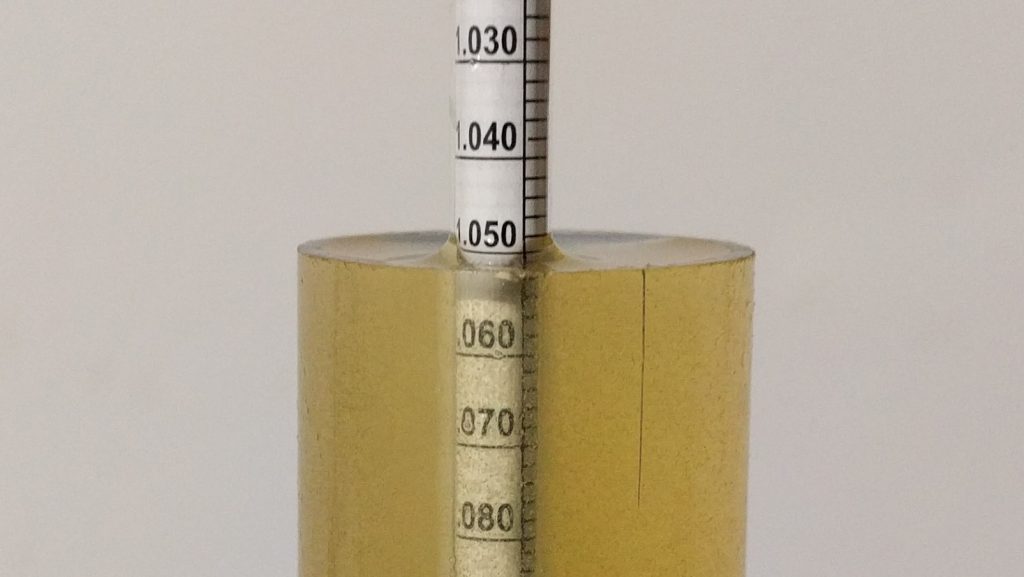
I racked equal amounts of wort to separate PET carboy that I allowed to finish dropping to my desired pitching temperature in a cool chamber.
Once the wort was at 64°F/18°C, I pitched a rehydrated pack of Safale US-05, which took off by the next day, the fermenting gloriously over the following week. Once signs of activity had dwindled, I took a hydrometer measurement that showed the beer had reached the expected FG.
I then weighed out and added the dry hop charge to the beer.
I started cold crashing the beer 24 hours later, fining with gelatin once it dropped below 45°F/7°C then allowing it to sit for 3 days at 35°F/2°C before kegging. The beer was burst carbonated overnight and then the CO2 was reduced to serving pressure where it sat for a few more days before data collection commenced.
| METHOD |
Participants were instructed to focus only on the aromatic qualities of the beer before evaluating the flavor. For each aroma and flavor descriptor, tasters were asked to write-in the perceived strength of that particular characteristic on a 0-9 scale where a rating of 0 meant they did not perceive the character at all and a rating of 9 meant the character was extremely strong. Once the data was collected, the average rating of each aroma and flavor descriptor was compiled and analyzed.
| RESULTS |
 Cheers to the
Cheers to the  ABNormal Homebrewers and Twin City Homebrewing for helping me with data collection! A total of 24 people participated in the evaluation of this beer, all blind to the hop variety used until after they completed the survey. The average aroma and flavor ratings for each descriptor were plotted on a radar graph.
ABNormal Homebrewers and Twin City Homebrewing for helping me with data collection! A total of 24 people participated in the evaluation of this beer, all blind to the hop variety used until after they completed the survey. The average aroma and flavor ratings for each descriptor were plotted on a radar graph.
Average Ratings of Aroma and Flavor Perceptions
The 3 characteristics endorsed as being most prominent by participants:
| Aroma | Flavor |
| Tropical Fruit | Tropical Fruit |
| Melon | Melon |
| Spicy/Herbal | Stone Fruit |
The 3 characteristics endorsed as being least prominent by participants:
| Aroma | Flavor |
| Onion/Garlic | Onion/Garlic |
| Earthy/Woody | Dank/Catty |
| Grassy | Earthy/Woody |
Participants were asked to the pungency of the hop the hop character.
They were then instructed to identify beer styles they thought the hop would work well in.
Finally, tasters were asked to rate how much they enjoyed the hop character on a 1 to 10 scale.
My Impressions: I like to smell the bag of hops while weighing them out for a batch, which may not give me the best example of how it will express itself in beer and admittedly leads me to expect certain characteristics. In this case, Bru-1 pellets smelled like citrus and tropical fruit, so I was surprised when I perceived the beer as having a more expressive melon character backed by some tropical fruit and spice. As time passed and testing went on, the melon character became more apparent to me and I didn’t notice the spice quite as much as the participants did. Overall, I was pretty happy with this beer!
| CONCLUSION |
I was pretty blown away by these results, namely the higher rankings by blind participants on certain descriptors, suggesting those characteristics were very strongly perceived. Compared to other varieties we’ve put through The Hop Chronicles, Bru-1 seems to sit in a similarly expressive territory as hops like Galaxy, Centennial, and #09326. Coupling that with the overwhelming data from tasters who think this hop would go well in American Pale Ale and IPA, Bru-1 may very well find a place as a fantastic hop to add some depth and range of character to hoppier beer styles. Overall, my experience with Bru-1 was positive, I definitely plan to play with this hop more in the future, and I look forward to hearing about what others do with this up-and-comer!
If you have any thoughts on Bru-1 hops, please feel free to share them in the comments section below!
Support for The Hop Chronicles came from Yakima Valley Hops, suppliers of over 40 varieties of hops ranging from classics like Saaz and Cascade to yet-to-be-named experimental options. Offering great prices with reasonable shipping, consider Yakima Valley Hops for your next hop purchase.
Support Brülosophy In Style!
All designs are available in various colors and sizes on Amazon!
Follow Brülosophy on:
FACEBOOK | TWITTER | INSTAGRAM
If you enjoy this stuff and feel compelled to support Brulosophy.com, please check out the Support Us page for details on how you can very easily do so. Thanks!



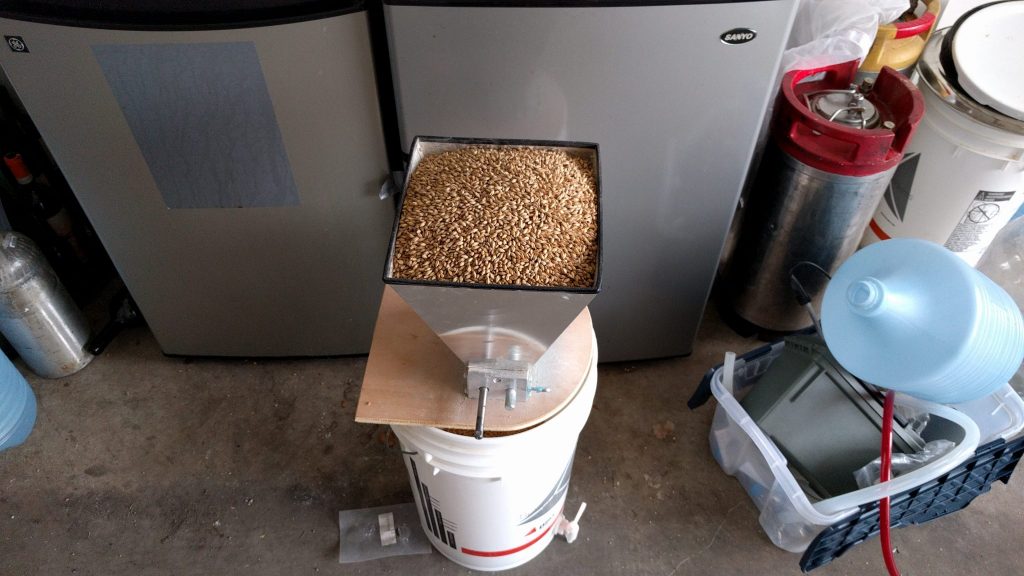

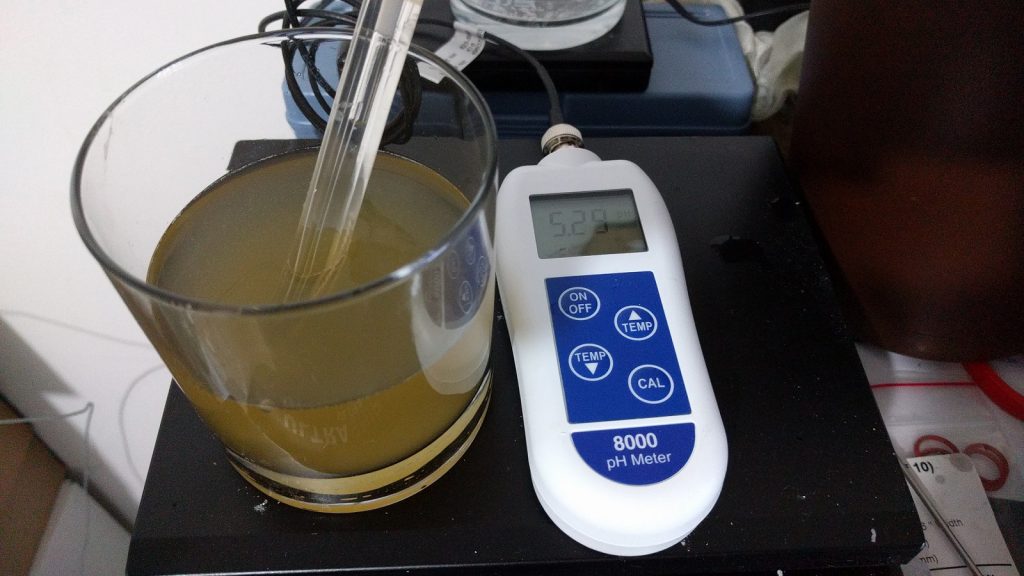
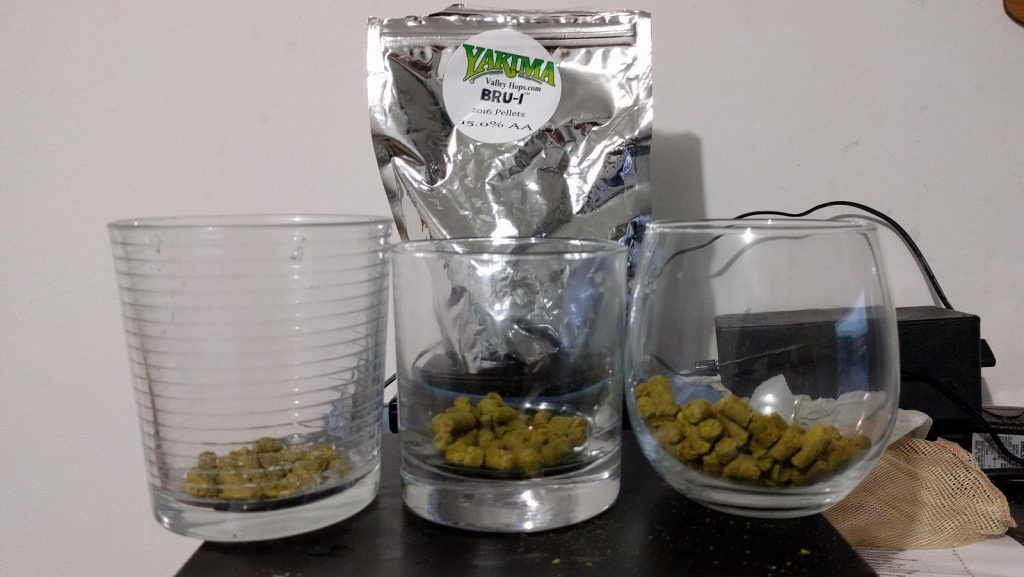
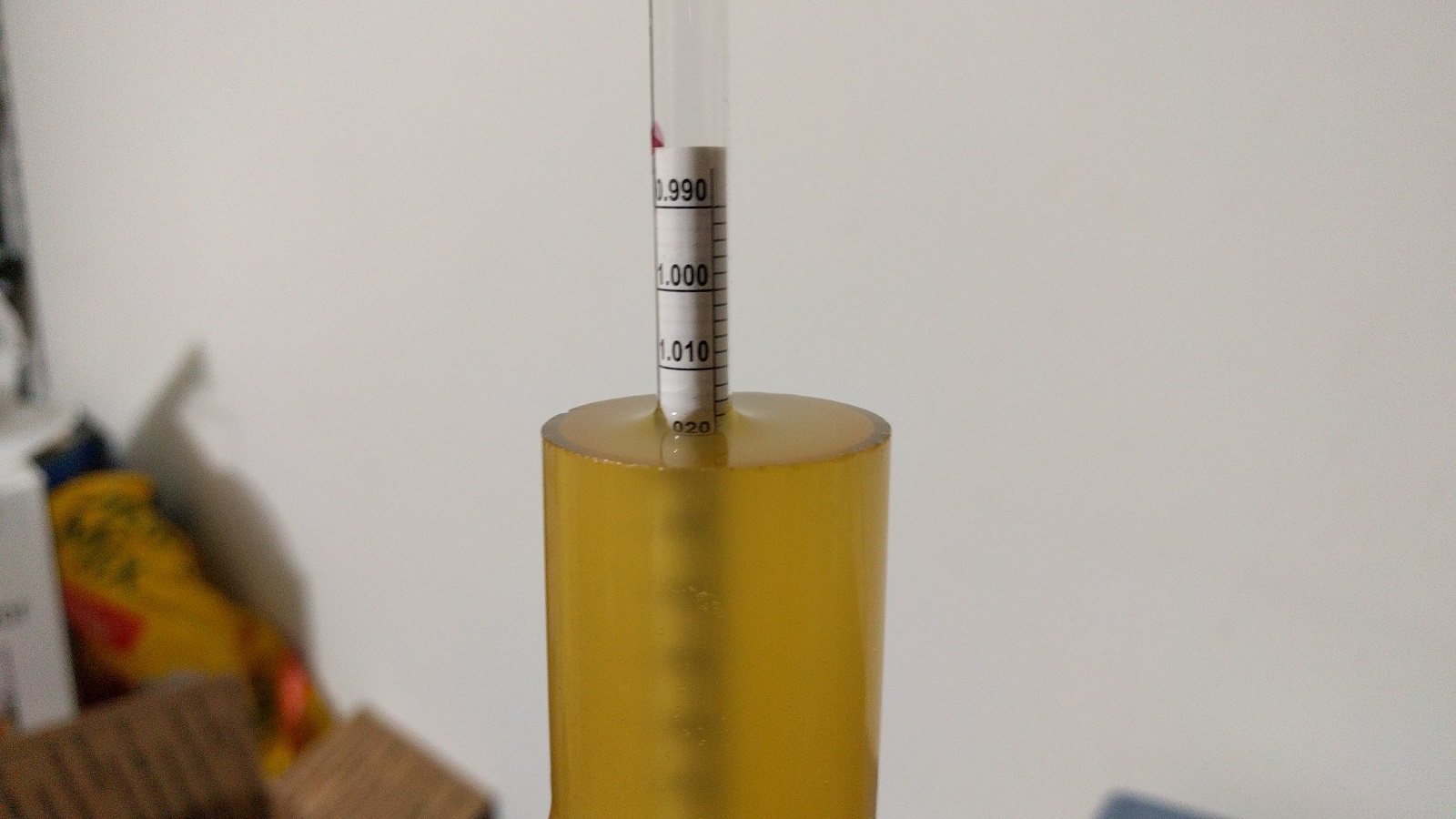




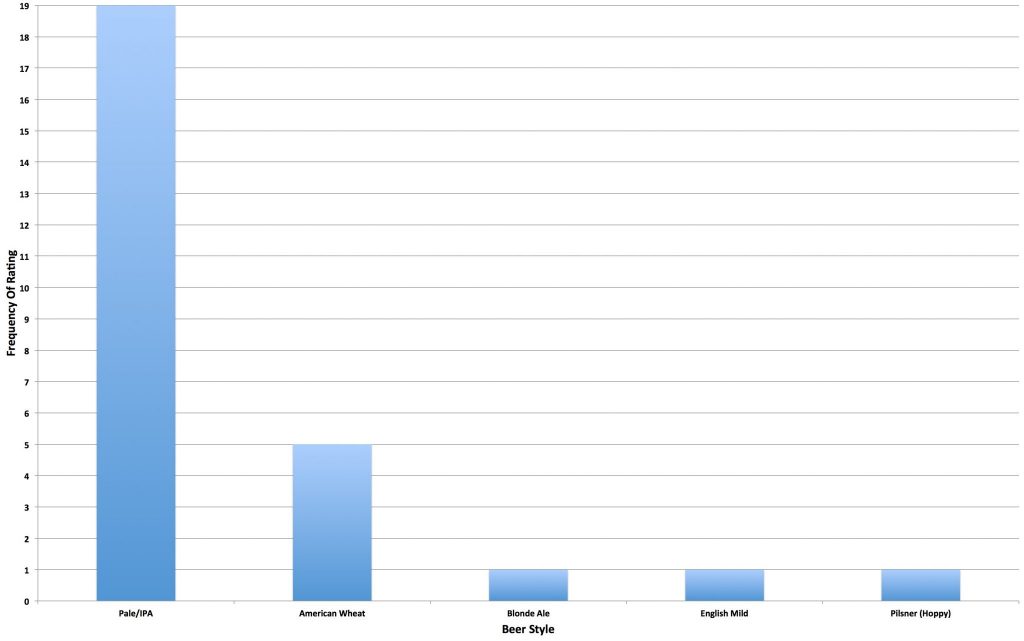












13 thoughts on “The Hop Chronicles | Bru-1 (2016) Pale Ale”
Great stuff Matt! The article mentions that you started cold crashing 24 hours after adding the dry hop charge, is this correct? The recipe indicated a 3 day dry hop. Cool looking hop!
Great catch! Error in the beersmith file, I’ll get that fixed. It was a four day dry hop, 24 hours at ferm temps, and then 3 days cold crashing + gelatin.
Did you dry hop at fermentation temp for only one day? I normally do 3 days minimum, but what do I know.
I’ve been messing around with some of these experimental hops and I keep finding that they lack the intensity of the really popular ones as opposed to being less pleasant flavors. The next Simcoe or Citra is going to need to be an ass kicker in intensity like those hops, in my opinion.
I understand the obsession with clear beer, it’s very aesthetically pleasing. But with hoppy beers, you are losing flavor when you drop everything out with gelatin. Some flavor/aroma compounds are interacting with yeast and proteins. If you want to fully evaluate a new hop, withstand some haze. At some point, do a side by side of an IPA completely unfined and unfiltered with one clear as a bell and see if there’s a difference.
Love the idea! Definitely something worth considering. Also calls into question, I think, that IF there is less flavor/aroma w Gelatin, is it more or less of specific characteristics?
Interesting question. On another note, I’m grabbing a half pound of this hop. Thanks for testing it out!
They’ve done a few in the past, and haven’t been able to determine a difference. The NE IPA was the most recent, 14/45 participants (p=0.68). I think there’s more than just aesthetics to it, I had a hazy red ale that had some unpleasant “yeasty” flavor to it after cold crashing. I fined with gelatin and transferred to another keg, came out clear and the off flavor was gone also. Completely unscientific example, but I think it made a difference.
https://brulosophy.com/2016/06/20/the-gelatin-effect-pt-6-gelatin-vs-nothing-in-a-ne-style-pale-ale-exbeeriment-results/
I saw that one before, but the fined beer didn’t exactly drop clear (not even close, unlike these chronicle beers which are always clear). Did oats keep stuff from dropping? Was there more chloride in that one? Didn’t see mention of salts reading it over quickly.
Nice writeup, especially from a fellow BloNo resident! Did you order the hops or buy locally?
I hear we are getting a Portillos soon!
Hops got shipped to me by Yakima Valley Hops, who sponsored this article.
Heya Matt! Excellent article. I was planning on doing an IPA using Bru-1 and local Two Track Malt here in North Dakota, but Yakima is sold out. I’d love to get my hands on about 6oz if you have any left and won’t be using them please let me know. travbooth (at) gmail
Just heard you guys talking about Bru 1 on a recent episode. Someone was saying that it’s straight up pineapple and people thought they used pineapple in it. Do you think the hop has evolved or matured over the last few years? Also, since I’m a bottler, if I used bru 1 to dry hop my kettle sour could that give me a fruited sour flavor without worry of popping bottles?
It wouldn’t surprise me if BRU-1 has evolved a bit, though I recall it as always being pretty tropical. I’m not really sure about the kettle sour thing, as I’ve never personally dry hopped one. I’d say give it a try!